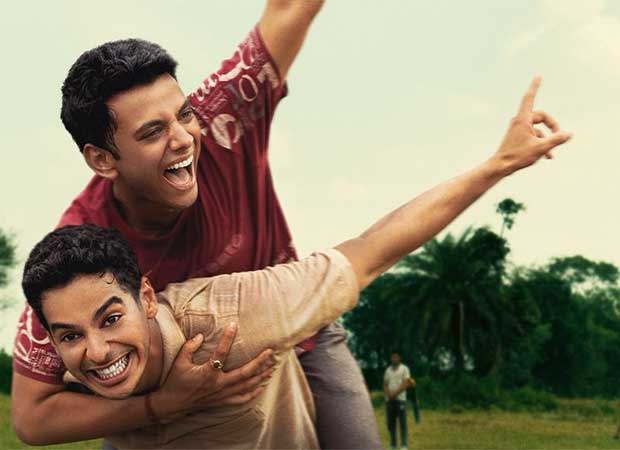Arvind Kashyap was “excited yet scared” when the idea of a prequel to Kantara was pitched to him in 2022. “To achieve a film on that scale felt impossible back then,” he says. Three years later, the cinematographer is basking in the success of Kantara: Chapter 1, actor-director Rishab Shetty’s magnum opus.
Arvind approached his biggest project of his career with support from producer Vijay Kiragandur from Hombale Films and Rishab. “Vijay anna told me that ‘even if the project feels big in size, don’t forget that people loved your frames of Kantara. So, retain the essence of the original.’ Rishab wanted me to forget the widespread attention we received for Kantara and start afresh.”
Shooting inside forest
The Kannada film has been hailed for its visual grandeur. To achieve a period drama, set mostly inside a forest, had a huge share of challenges, reveals Arvind.

“The remote private forest lacked proper road access. So, our team had to figure out ways to carry our equipment. We had to take them through a tiny bridge, which would get cut off during heavy rains. So, as soon as it would start drizzling, our management team would evacuate people on the bridge in 10 minutes. From the starting point to the location, there would be people coordinating on walkie-talkies.”
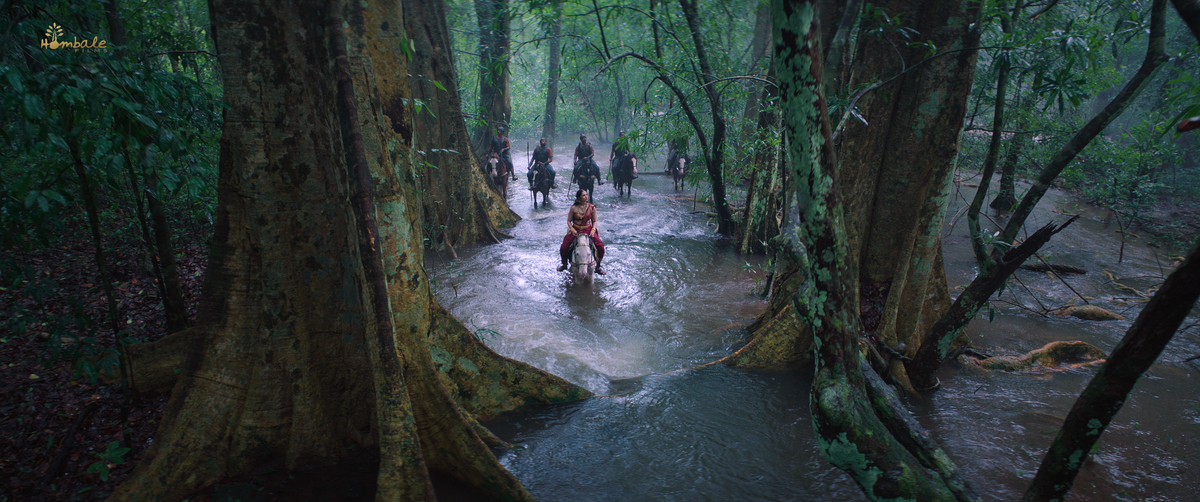
Rukmini Vasanth in a sequence inside the forest.
| Photo Credit:
SPECIAL ARRANGEMENT
Technology enhancing drama
The film is being spoken about for its eye-catching action sequences. Arvind credits the smart usage of technology for the positive output. He picks the first fight scene — which introduces Rishab Shetty’s character — as an example to reiterate his point. The scene is helped with slick and clear action choreography and very daring camera movements.
“That’s the only sequence where we used a global shutter camera. With that camera, even if you move or shake it extensively, the image will still be clear. The entire fight is a single shot executed with hand-held cinematography.”
Arvind also opens up on the spectacularly lit scene inside the forest, where the antagonist Kulashekhara (essayed by Gulshan Devaiah) orders the mass killing of the tribal community, led by Rishab Shetty’s character Berme. The highlight of the long scene is the breathtaking drone shot.
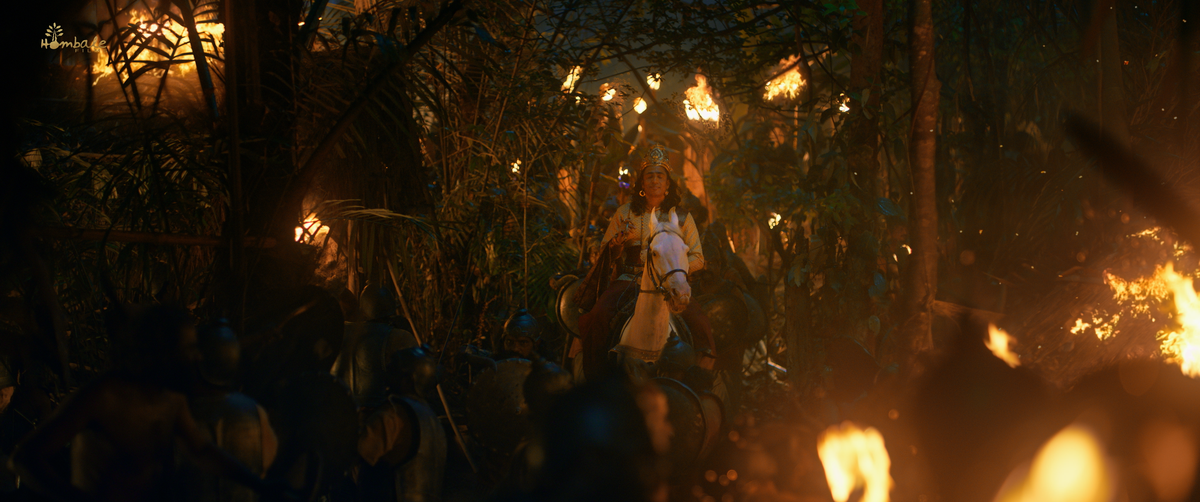
Gulshan Devaiah in the movie.
| Photo Credit:
SPECIAL ARRANGEMENT
“That’s an FPV (First-Person View) drone,” he points out. The FPV drones have an onboard camera, through which the pilot sees the live video feed. It’s generally used for immersive action sequences in movies. “It is used a lot in movies, especially by the fight masters. They want it for the most dynamic shots in the movie. Even in Kantara: Chapter 1, they asked for the FPV during some fight scenes, but I was particular about keeping just one shot with that drone in the movie. That’s the reason that shot stands out.”
ALSO READ: ‘Kantara: A Legend Chapter 1’: Near-death experiences, sleep nights… Rishab Shetty on his biggest film yet
Cinematography and Nature
The ‘Brahmakalasha’ song (Ajaneesh Loknath) has an aesthetic appeal thanks to Arvind’s creative cinematography. The best portion of the song captures a dance duet involving actors Rukmini Vasanth and Rishab.
“The single shot required extensive rehearsal. Moreover, it had to be shot during the golden hours, just after sunset or moments before. So, thousands of dancers had to wait for hours together just for the 10-minute sequence. I could feel the tension on the sets. To ensure thousands of people take the right steps in a 15-20 minute span was a challenge.”
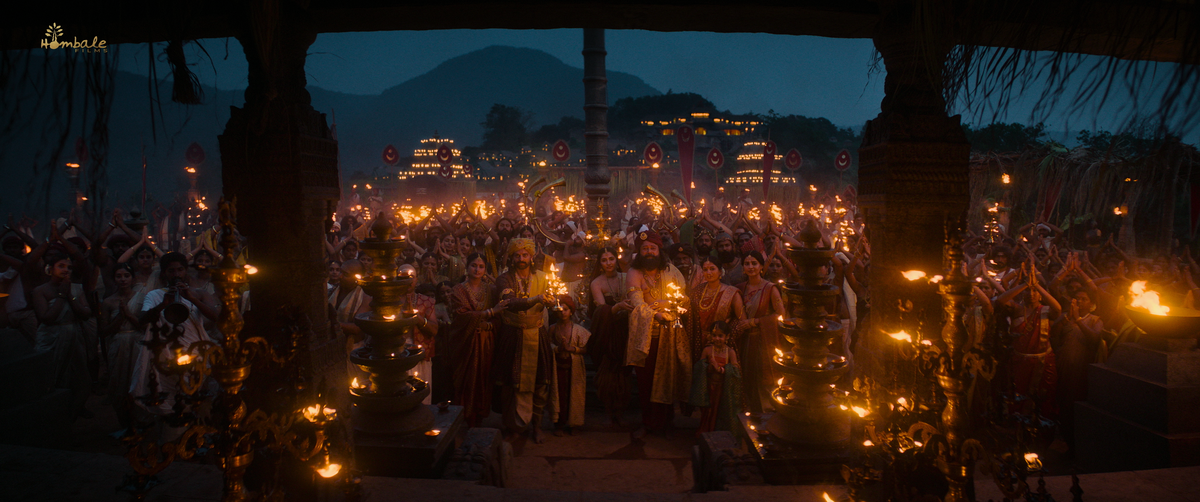
The ‘Brahmakalasha’ song in ‘Kantara: Chapter 1’.
| Photo Credit:
SPECIAL ARRANGEMENT
Filming ‘daiva’ scenes
Rishab’s portrayal of divine possession in the first part earned him acclaim, including a National Award. The prequel, too, has the daiva portions, which have now become the hallmark of the franchise.
“During the daiva portions, you can feel the positive vibes on the sets. For Rishab, it’s challenging to be in that zone for long hours. So, we go for as few takes as possible. For a cinematographer, it’s very easy to get overwhelmed by those scenes. But it was important for me not to get carried away. You have to remind yourself that you have to think technically as well. There would be some shots where his (Rishab’s) performance would be so perfect, but then I would observe a minor lighting issue. Then I would request him for one more take,” he explains.
VFX work
The fine fusion of VFX and cinematography is another plus in Kantara: Chapter 1. The tiger, which has an integral role in the plot, was created with great planning, says Arvind. “We would give daily feedback to our VFX supervisor, Sanjit and spend an hour every day checking the VFX work. The tiger you see in the movie is perhaps the 15th or the 20th version.”
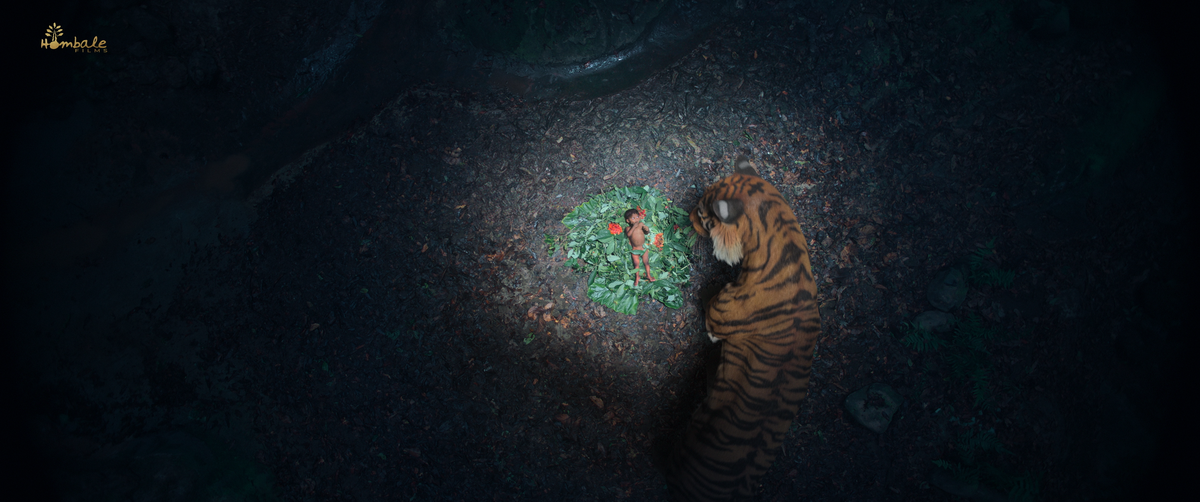
The tiger sequence in the movie.
| Photo Credit:
SPECIAL ARRANGEMENT
Rishab’s energy
Arvind is a regular collaborator with Rishab. It’s his relentless energy that has helped him pull off ambitious projects, reasons Arvind. “Right from his debut directorial, Ricky (2016), to Kantara: Chapter 1, his impeccable energy has remained constant. That’s his driving force. He is one of the few who can come to sets and get thousands of people on their feet and get them to give their best. I have seen very few people like that.”
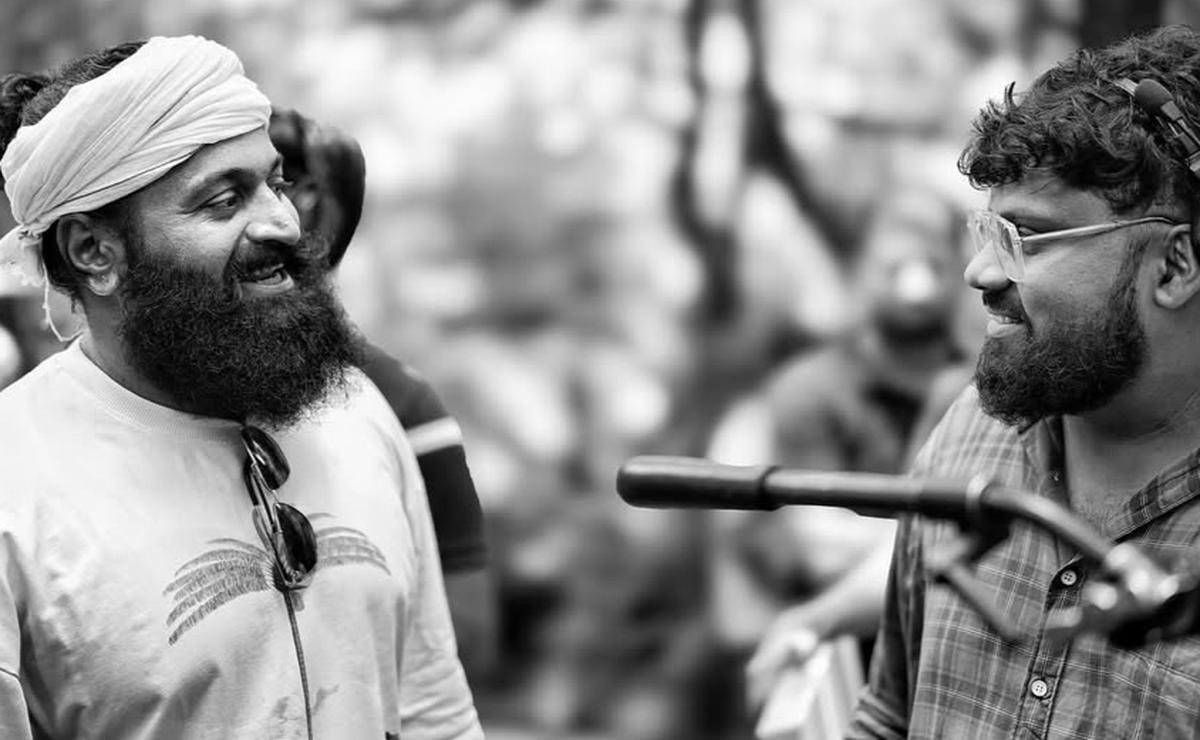
Rishab Shetty and Arvind Kashyap.
| Photo Credit:
arvindkash/Instagram
Published – October 21, 2025 05:58 pm IST
